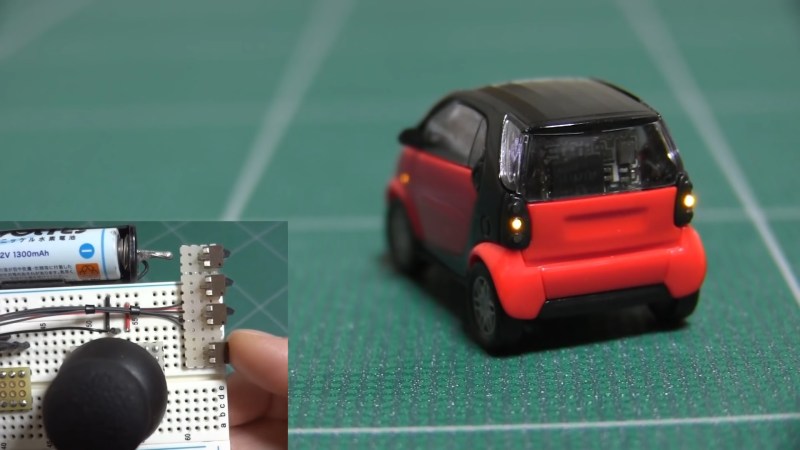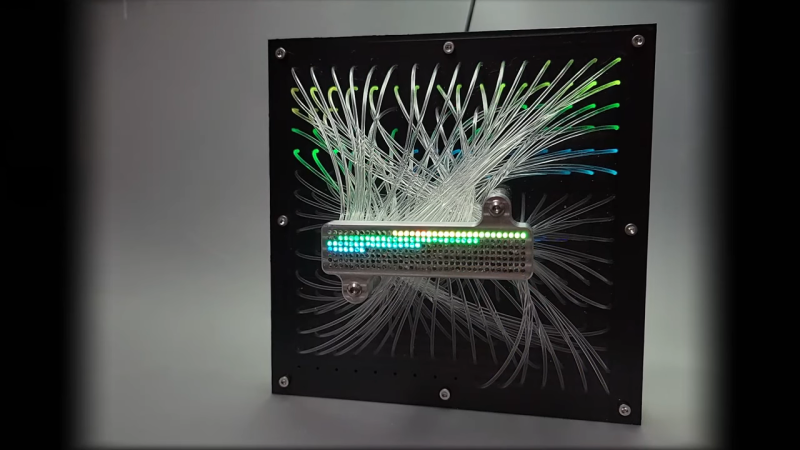Most of us have Ethernet in our homes today. The real backbones of the Internet though, use no wires at all. Optical fibers carry pulses of light across the land, under the sea, and if you’re lucky, right to your door. [Sven Brauch] decided to create an optical link. He didn’t have any fiber handy, but air will carry laser pulses over short distances quite nicely. The idea of this project is to directly convert ethernet signals to light pulses. For simplicity’s sake, [Sven] limited the bandwidth to one channel, full-duplex, at 10 Megabits per second (Mbps).
The transmit side …read more
 Continue reading Go Wireless with This DIY Laser Ethernet Link→
Continue reading Go Wireless with This DIY Laser Ethernet Link→
![Infrastructure diagram of [Stefan]'s network at the end of his fiber optics journey](https://hackaday.com/wp-content/uploads/2022/10/hadimg_homefiber_feat.png?w=800)

